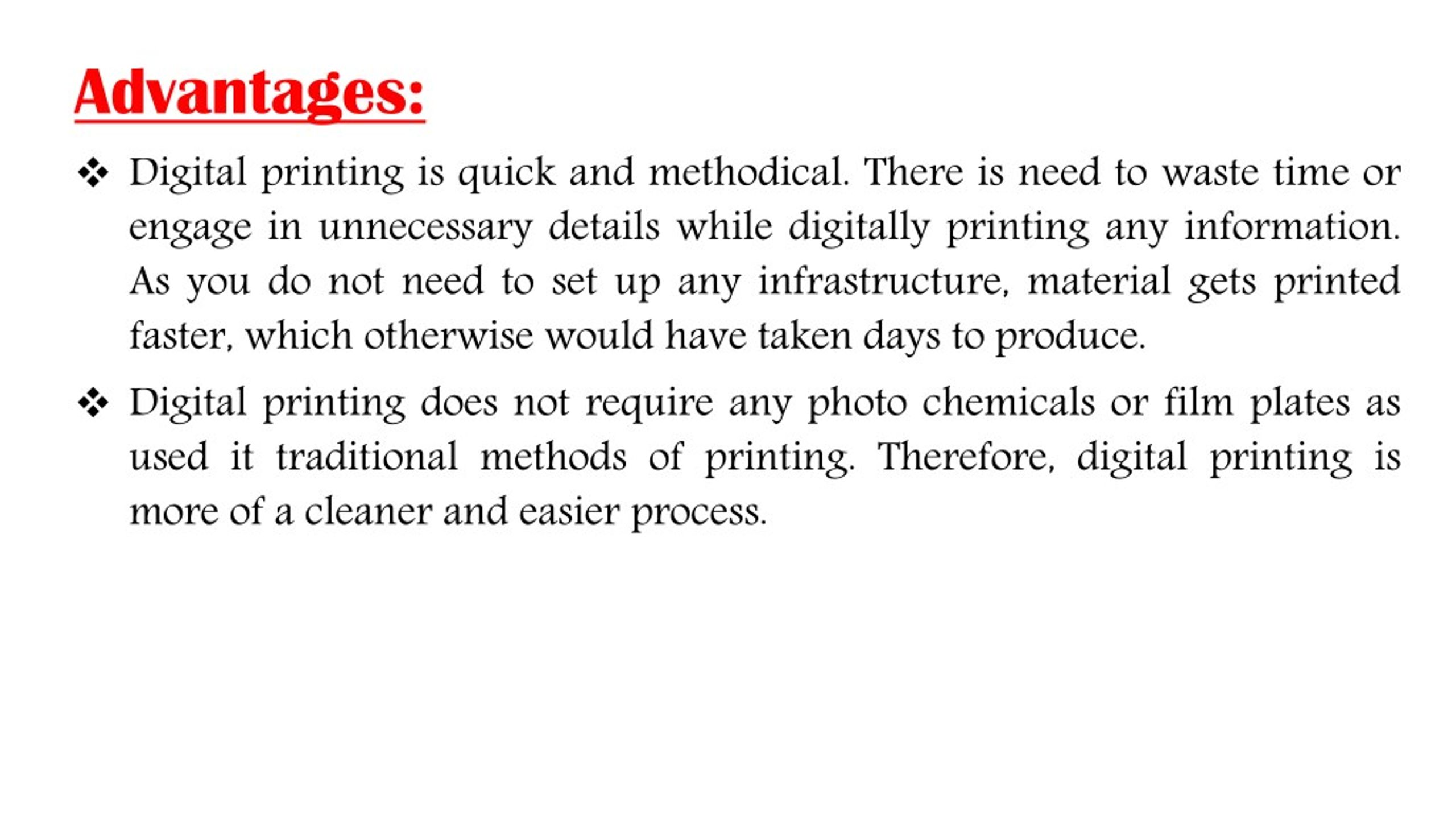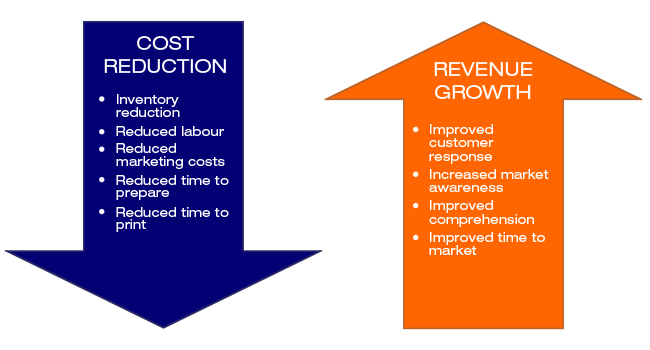The Best Strategy To Use For Digital Printing
The Best Strategy To Use For Digital Printing
Blog Article
More About Digital Printing
Table of ContentsNot known Facts About Digital PrintingDigital Printing for BeginnersEverything about Digital PrintingThe Digital Printing DiariesThe smart Trick of Digital Printing That Nobody is DiscussingThe Best Guide To Digital Printing
Variable data printing, such as straight mail with personalized codes and addresses, is preferably fit for digital printing. Digital fast printing only requires four actions of layout, review, printing and binding to get everything done. Digital quick printing has an unequaled advantage: print on need.According to PMMI, digital printing enables brands and producers to respond rapidly to client needs while improving the supply chain, minimizing warehousing expense and waste, and delighting in faster time to market. That all sounds terrific, yet just how does this innovation do all that? The significant differentiator of these modern technologies is that there are no set-up charges and no plates with digital printing.
Some Known Details About Digital Printing
According to Wikipedia, the best difference between electronic printing and traditional approaches such as lithography, flexography, gravure, or letterpress - Digital Printing is that there is no demand to change printing plates in electronic printing, whereas in these analog printing approaches home plates are continuously replaced. This leads to quicker turn-around time and decreases cost when using electronic printing.
Rapid production indicates obtaining your item to market much faster. It additionally indicates it's much easier and faster to make changes later on, when you alter a recipe, add a SKU, or develop seasonal product packaging. Digital printing is extremely flexible, so it's simple to make modifications to the package style promptly. It all goes back to home plates.
With traditional printing techniques, short-run printing is just not feasible. Since a wonderful layout can make or damage your item, digital printing regularly develops high-quality, clear and vivid graphics each time.
Digital printing is the process of printing digital-based images straight onto a range of media substrates. There is no requirement for a printing plate, unlike with balanced out printing. Digital data such as PDFs or desktop posting files can be sent straight to the electronic printing press to publish on paper, picture paper, canvas, material, synthetics, cardstock and other substratums.
Digital Printing Things To Know Before You Buy
According to PMMI, electronic printing enables brands and suppliers to react swiftly to consumer needs while enhancing the supply chain, reducing warehousing price and waste, and taking pleasure in faster time to market. That all sounds terrific, yet exactly how does this modern technology do all that? The major differentiator of these technologies is that there are no set up fees discover here and no plates with digital printing.
According to Wikipedia, the greatest distinction in between digital printing and conventional methods such as lithography, flexography, gravure, or letterpress is that there is no need to change printing plates in electronic printing, whereas in these analog printing methods the plates are repetitively replaced. This results in quicker turn-around time and decreases expense when using electronic printing.

The 9-Minute Rule for Digital Printing
More inventory can imply even more waste later on. With traditional printing techniques, short-run printing is just not possible. Because a great layout can make or damage your product, electronic printing regularly produces top notch, clear and vivid graphics each time. Digital printing on versatile pouches includes the brilliant, vivid, and precise graphics that virtually bid customers to get to out and touch them.

According to PMMI, digital printing enables brands and producers to react rapidly to client needs while enhancing the supply chain, lowering warehousing expense and waste, and taking pleasure in faster time to market. That all noises wonderful, but just how does this technology do all that? The significant differentiator of these modern technologies is that there are no set-up fees and no plates with digital printing.
3 Easy Facts About Digital Printing Explained
According to Wikipedia, the greatest difference in between digital printing and typical approaches such as lithography, flexography, gravure, or letterpress is that there is no demand to replace printing plates in digital printing, whereas in these analog printing methods home plates are consistently replaced. This causes quicker turn-around time and lowers price when making use of digital printing.
Fast manufacturing means getting your product to market quicker. It likewise means it's much easier and faster to make changes later on, when you alter a recipe, include a SKU, or produce seasonal packaging. Digital printing is highly flexible, so it's simple to make modifications to the bundle style rapidly. All of it goes back to the plates.

How Digital Printing can Save You Time, Stress, and Money.
Digital printing is the procedure of printing digital-based photos directly onto a range of media substrates. There is no requirement for a printing view publisher site plate, unlike with countered printing. Digital files such as PDFs or desktop computer publishing files can be sent straight to the electronic printing press to publish theoretically, picture paper, canvas, material, synthetics, cardstock and various other substratums.
Report this page